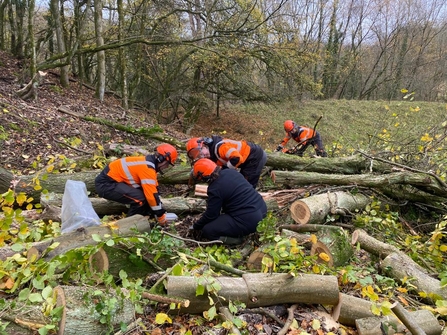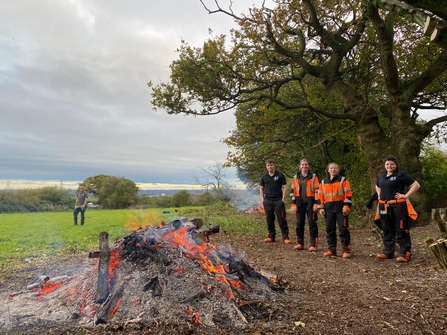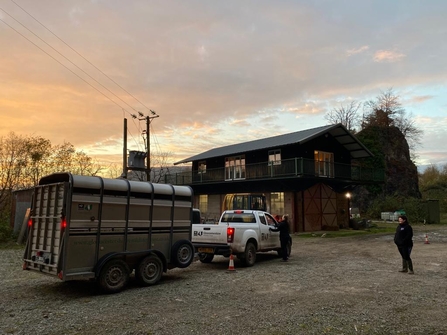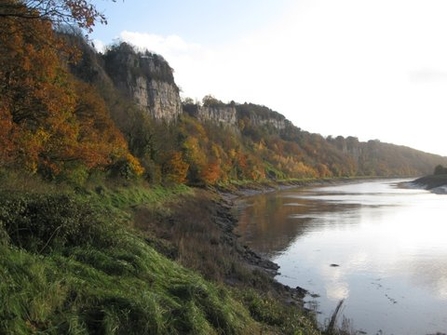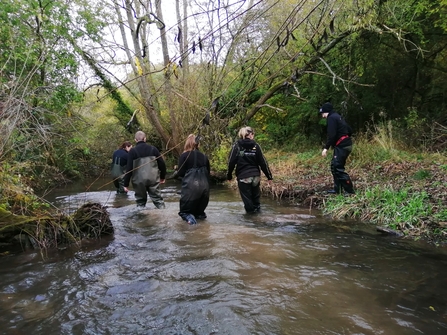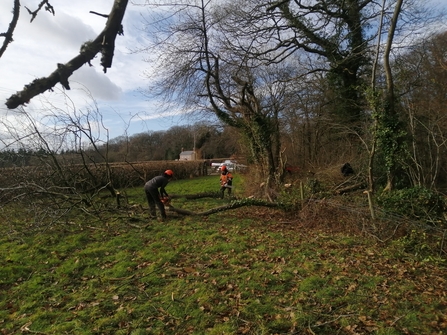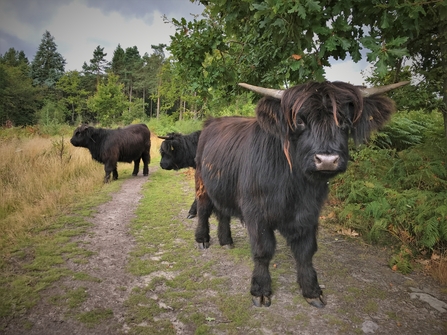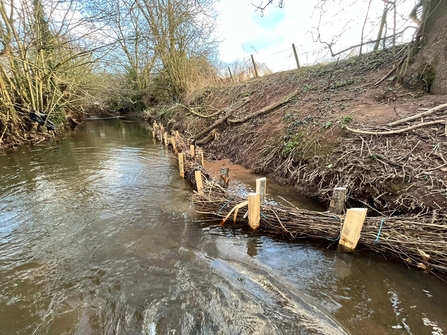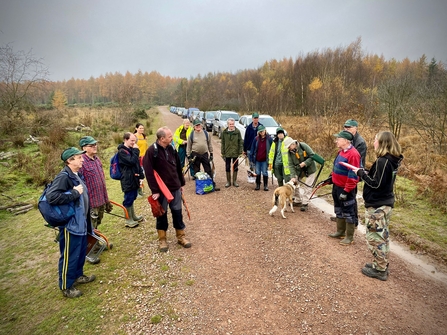For many people aspiring to work in land management, getting the required experience can be challenging, especially if you aren’t from a land management background. Even if you are, land management for conservation purposes is different to other types of land management and therefore requires a different perspective.
There can also be socioeconomic challenges, as the best way to get experience is to volunteer. Not everyone may be able to afford to do this without financial support, which this Traineeship offers.
The Wild Traineeship aims to remove barriers preventing access to the sector, and equip trainees with the skills and knowledge they need to get their first job in land management.
This blog is my insight into the traineeship so far, since its beginning in September 2021. I’ll be talking about what we have got up to from the perspective of a current Trainee.


